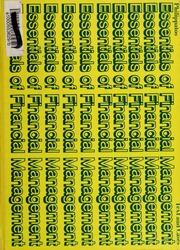Question
There are two goods, 1, 2. An individual consumes quantities (q1, q2). He holds endowments (1, 2), with 1 > 0, 2 > 0, and
There are two goods, 1, 2. An individual consumes quantities (q1, q2). He holds endowments (1, 2), with 1 > 0, 2 > 0, and has an income of y > 0. Prices are (p1, p2). 1. Draw the budget constraint faced by the individual, labelling your figure. 2. Suppose the individual is initially a net seller of good 2. Place his consumption bundle on the figure you have just drawn. Is his choice revealed preferred to the bundle (1 + y p1 , 2)? Place that second bundle on your figure. 3. Suppose the price of good 2 increases. Draw the new budget constraint faced by the consumer. 4. Carefully argue, using only revealed preferences, that a net seller of good i will never become a net buyer of good i following an increase in pi . 5. This time suppose the individual is initially a net buyer of good 2. Repeat the steps above to show, only using revealed preferences, that a net buyer of good i will never become a net seller of good i following a fall in pi .
Step by Step Solution
There are 3 Steps involved in it
Step: 1

Get Instant Access to Expert-Tailored Solutions
See step-by-step solutions with expert insights and AI powered tools for academic success
Step: 2

Step: 3

Ace Your Homework with AI
Get the answers you need in no time with our AI-driven, step-by-step assistance
Get Started


